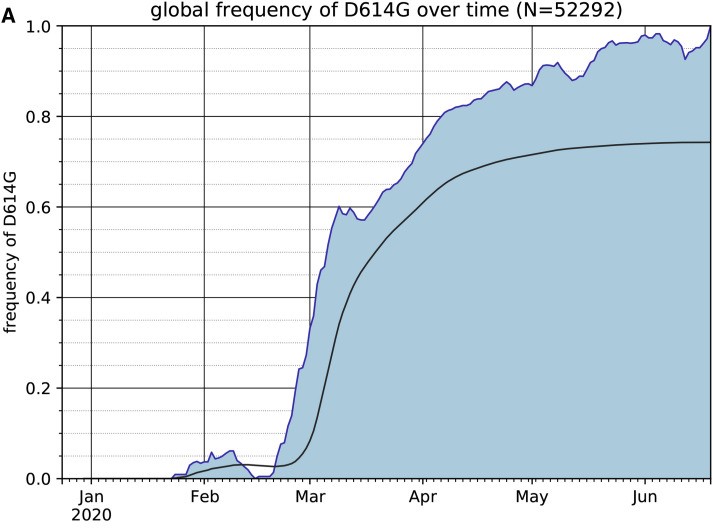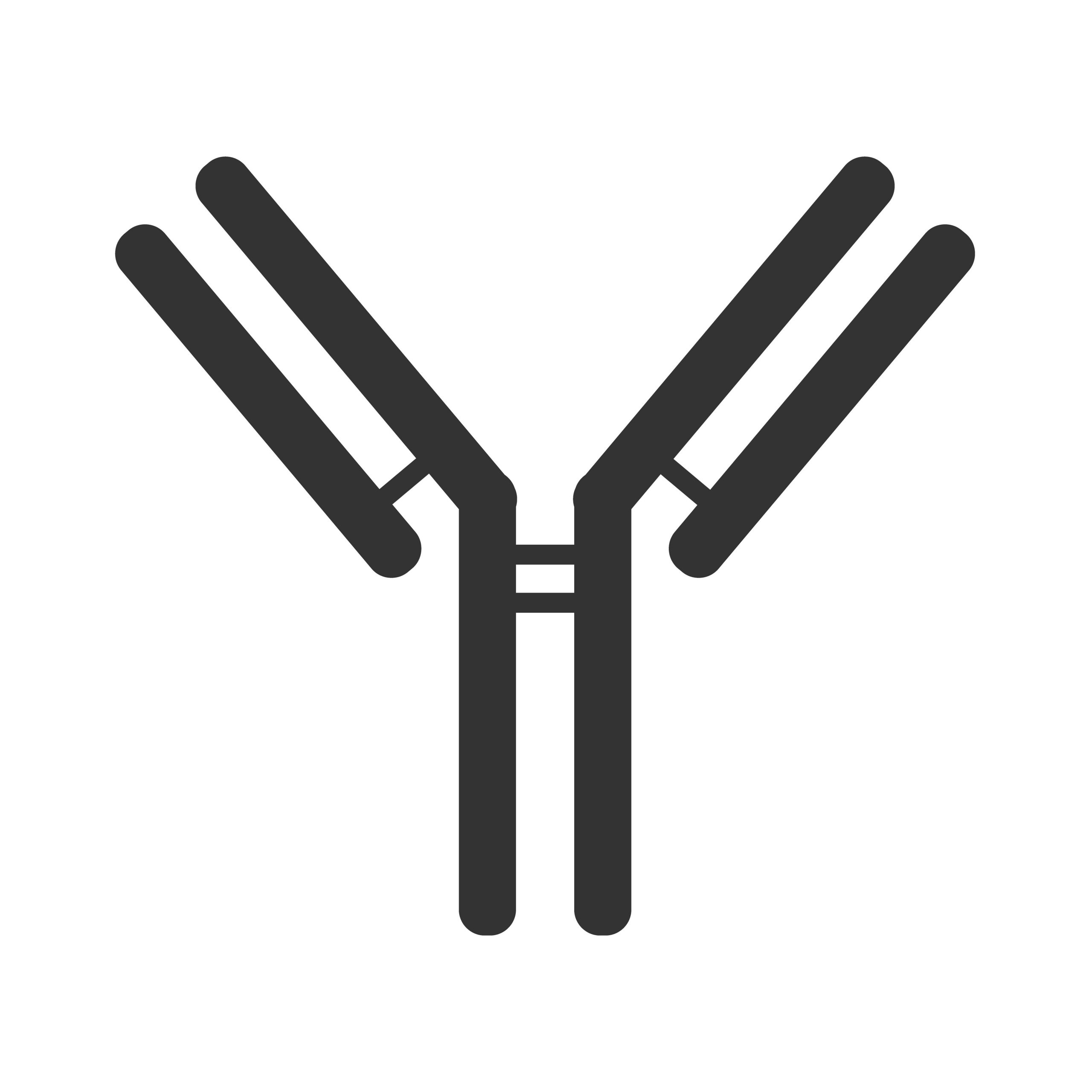Infectiousness And Infectivity Are Not The Same.
Infectiousness is how easily a pathogen can spread and infectivity is the level of disease severity it can cause. We explained this in more detail earlier this month in response to the UK government’s regular – and one would predicate deliberate – confusion of the two. S-VoC / H501Y is more infectious – a fitness advantage as explained later – but it is not more dangerous [Groves et al, 2020; Korber et al, 2020; Zhang et al, 2020; WHO 2020]. Coronaviruses contain an exoribonuclease, in the case of SARS-CoV-2 it is nsp14-ExoN, which is designed to ensure high stability, high fidelity replication of the viral RNA within infected host cells. Despite the exoribonuclease maintaining a very high level of stability in RNA replication, there are constant changes to the genome through insertion, deletion or switch/substitution of nucleotides. A switch/substitution of one of the four nucleobases (adenine, cytosine, guanine and uracil) with another is known as a single nucleotide polymorphism (SNP). SNPs play a role in all viruses as well as in all humans, where SNPs are a key component in many cancers.
Mercatelli and Giorgi [2020] analysed 48,635 SARS-CoV-2 genomes globally, referenced against the source SARS-CoV-2 genome NC_045512.2, and found 353,341 variations. Their work was undertaken in July 2020 and therefore in just six months from when NC_045512.2 was first sequenced, SARS-CoV-2 altered its genetic sequence three hundred and forty three thousand three hundred and forty one times.
Within this total, there were 205,482 SNPs. That’s over two hundred and five thousand single nucleotide substitutions in just one species of virus, which has a specific proofreading mechanism in nsp14-ExoN that is designed to stop it doing that in the first place. Hopefully this puts into context the proclamations from conflicted health professionals and even more conflicted politicians about the new strain or killer mutation.
Who can run faster – a 100m sprinter or a 10,000 metres runner? The sprinter, obviously, as their discipline involves a much shorter distance and therefore they can push their body to a greater level of performance, as it is for a much shorter period of time.
Who can run faster – someone who is overweight, eats and smokes to excess and has never run before or someone who isn’t overweight, trains regularly and eats healthily? The latter, again obviously, because they are fitter. A virus is interested in one thing and one thing only – continued survival – and it will use natural selection as a key component of its phylogenetic evolution. Variants with a fitness advantage, e.g. more infectious; better immunoevasion or higher transmissibility, have a greater chance of survival. However, for every function there is a counterfunction.
What Is The Cost Of The Fitness Advantage?
As we have previously set out, just one SNP – A23403G – caused a switch in the Spike protein that allowed SG614 to replace SD614 as the established variant globally in a little over three months:

Replacement of SD614 with SG614 globally, [Yurkovetskiy et al, 2020].
Yurkovetskiy et al go on to show that SG614 is 9x more infectious than SD614, which explains why it spread so easily: it has a fitness advantage in its transmissibility. It is crucial at this point to highlight that it does not have greater infectivity, i.e. it is not more dangerous [Korber et al, 2020; Groves et al, 2020; Zhang et al, 2020]. It is fitter as it can bind to a greater number of receptors, although it does not bind more effectively. This is achieved through reduced S1 shedding and an increase in the ‘1-Up’ configuration of the spike protein’s receptor binding domain (RBD).
Each spike protein trimer has three RBDs, which have to be cleaved through the S1 subunit (which ‘arms’ the virion, in effect making it ‘weapons hot’) in order to allow cellular adhesion and intracellular fusion via the S2 subunit. To envisage receptor binding, think the smooth & sticky sides of Velcro. Onee has to be exposed in order to stick to the other side and this is where the counterfunction comes in.
As we have explained previously, antigen shift is how SARS-CoV-2 protects the spike protein through dynamic glycan shielding. However, as set out here, the RBD is the binding site for the receptor and therefore once the S1 site has been cleaved, the RBD is accessible with the protomer moving from closed to open. The RBD is usually down and inaccessible below the S1 subunit but once ‘armed’, the RBD is in the up position. At that time, it is an exposed epitope and vulnerable to the paratopes of neutralising antibodies.
In other words, in order to make itself more infectious, it also has to make itself more vulnerable by exposing its RBD. Walls et al [2020] show that SD614 RBDs are 54% ‘3-down’ and 54% ‘1-up’, with Weissman et al [2020] showing that SG614 RBDs are 18% ‘3-down’ and 82% ‘1-up’:

Greater Vulnerability To Neutralising Antibodies.
The thirty-six percentage point rise in occurrence of open, 1-up RBDs equates to a 78% increase in vulnerability to antibodies. This was tested by exposing both variants to SARS-CoV/SARS-CoV-2-specific monoclonal antibodies and convalescent sera. One antibody – B38 – was 2x more effective at neutralising SG614; another – H4 – was 3.4x more effective; P2B-2F6 was 4.9x more effective and S309 was 162x (one hundred and sixty-two times) more effective at neutralising SG614 compared to SD614 [Weissman et al, 2020].
So, in order to gain a fitness advantage – more transmissible – SARS-CoV-2 has to reduce its natural defences, in effect throwing away some of its body armour in order to be able to run faster.
Given that SG614 is up to 9x more infectious than SD614 without any increase in disease severity, one wonders why conflicted healthcare leaders and even more conflicted politicians are trying to make out that the up to 0.7x greater infectiousness of S-VoC / N501Y is such a problem.
With SARS-CoV-2 also churning out variants at an average of 1,963 per day (Mercatelli and Giorgi’s 353,341 variants/180 days), one also wonders why conflicted healthcare leaders and even more conflicted politicians are making out that a variant is a problem.
World Domination Never Ends Well.
With SG614 having become established as the dominant global variant by May-June 2020, SARS-CoV-2 at that point effectively hung out a sign saying ‘Come and get me.’ Its fitness advantage comes at the expense of greater vulnerability through 1-up RBDs and greater susceptibility to neutralising antibodies, [Mansbach et al, 2020; Weissman et al, 2020; Yurkovetskiy et al, 2020]. This is supported by the data that shows both Active and Closed cases began to improve from August 2020, as set out here.
Likewise, S-Voc / N501Y is more infectious but not more dangerous [Kidd et al, 2020; WHO guidance]. On the basis its greater infectiousness is a further example of natural selection through fitness advantage, what is the cost of this fitness advantage? More than likely, it will be at the expense of even greater susceptibility and vulnerability to viral countermeasures, as it continues to attenuate and become more like common cold-causing embecovirus / lineage A betacoronavirus HCoV-OC43.
